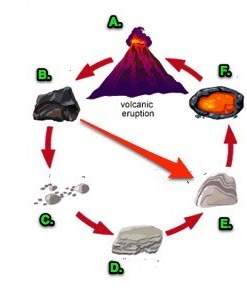
Chemistry, 27.03.2020 21:46 21hendlill
1. Below are the balanced equations for the reactions in Parts 1–3. Review the results of your experiments and look closely over the mole ratios of the chemical reactions. Do your experiments reflect the stoichiometric, molar amounts indicated by the reactions? Discuss this using the evidence from your experiments.
Cu(NO3)2(aq) ARROW CU(OH2)(s)+2NaNO3(aq) Note: Cu(OH)2 is a blue precipitate.
FeSO4(aq)+2NaOH(aq) ARROW Fe(OH)2(s)+Na2SO4(aq) Note: Fe(OH)2 is a dark green precipitate.
Fe(NO3)3(aq)+3NaOH(aq) ARROW Fe(OH)3(s) + 3NaNO3 (aq) Note: Fe(OH)3 is a red-orange precipitate.

Answers: 2


Other questions on the subject: Chemistry



Chemistry, 23.06.2019 06:30, ayoismeisjjjjuan
What is the chemical formula for a compound between li and br? libr li2br libr2 libr3
Answers: 1

Chemistry, 23.06.2019 06:30, kaitlynk0
Which of the following is true about the products formed during photosynthesis? (5 points) select one: a. they have the same mass as the mass of reactants. b. they are the same set of compounds as the reactants. c. they have more mass than the mass of reactants. d. they are chemically the same as the reactants.
Answers: 1
You know the right answer?
1. Below are the balanced equations for the reactions in Parts 1–3. Review the results of your exper...
Questions in other subjects:

Mathematics, 21.08.2019 16:50

Biology, 21.08.2019 16:50






Mathematics, 21.08.2019 16:50

Health, 21.08.2019 16:50




